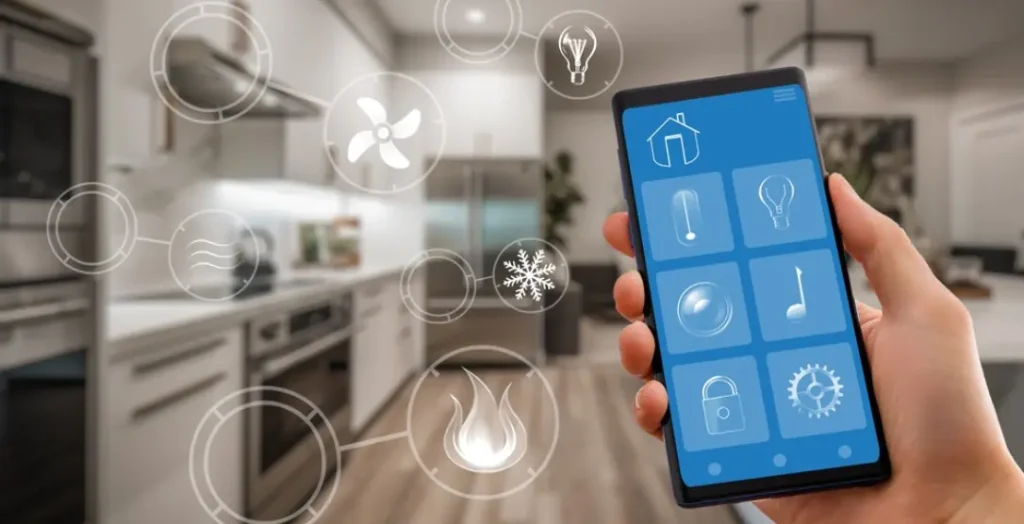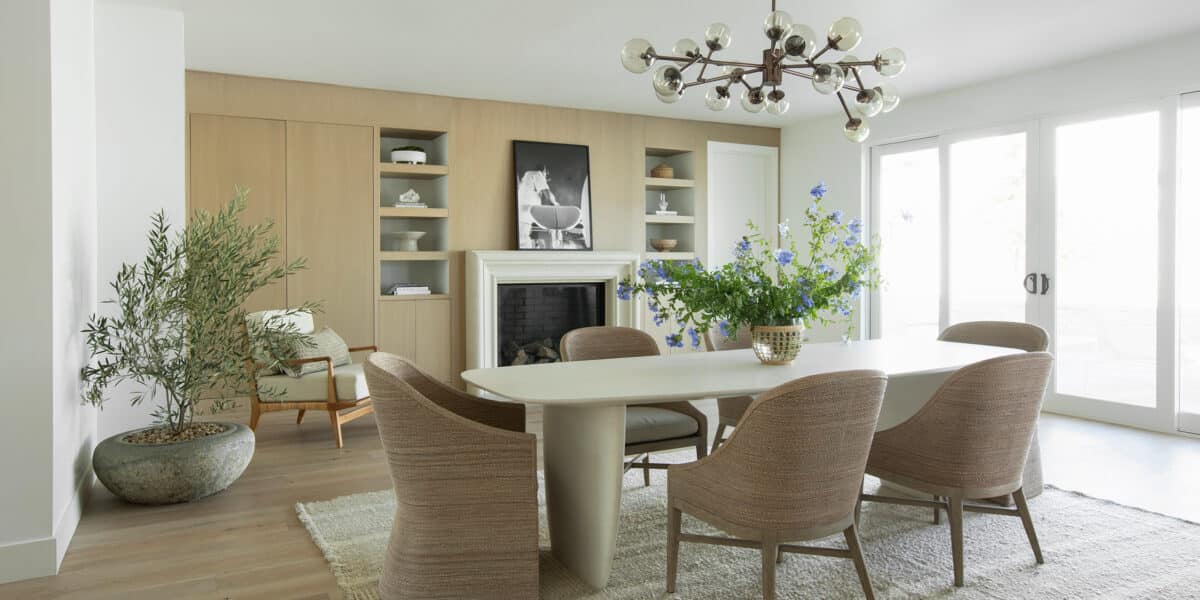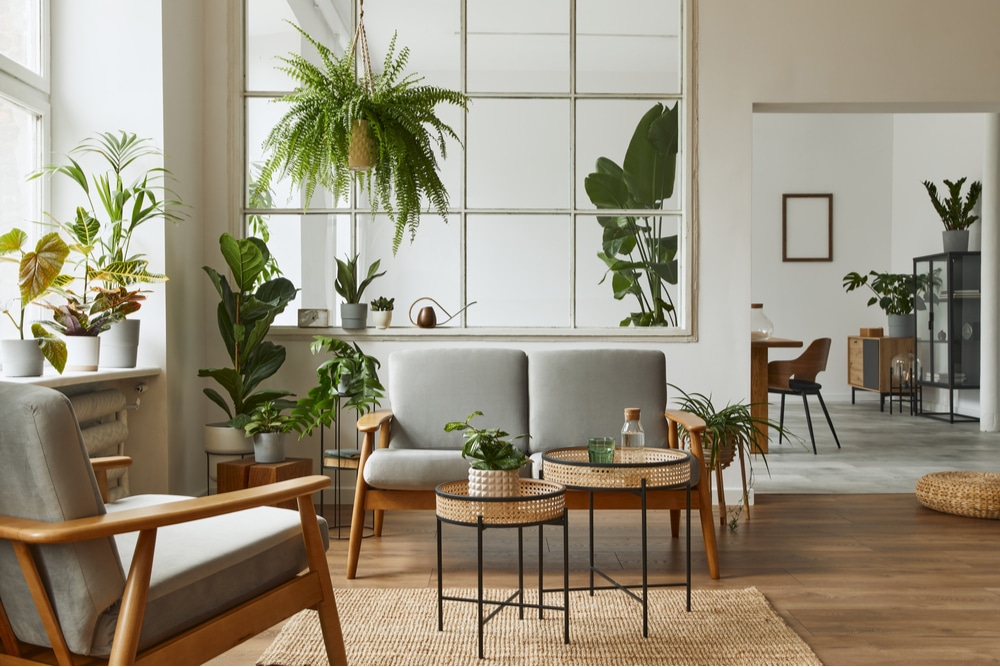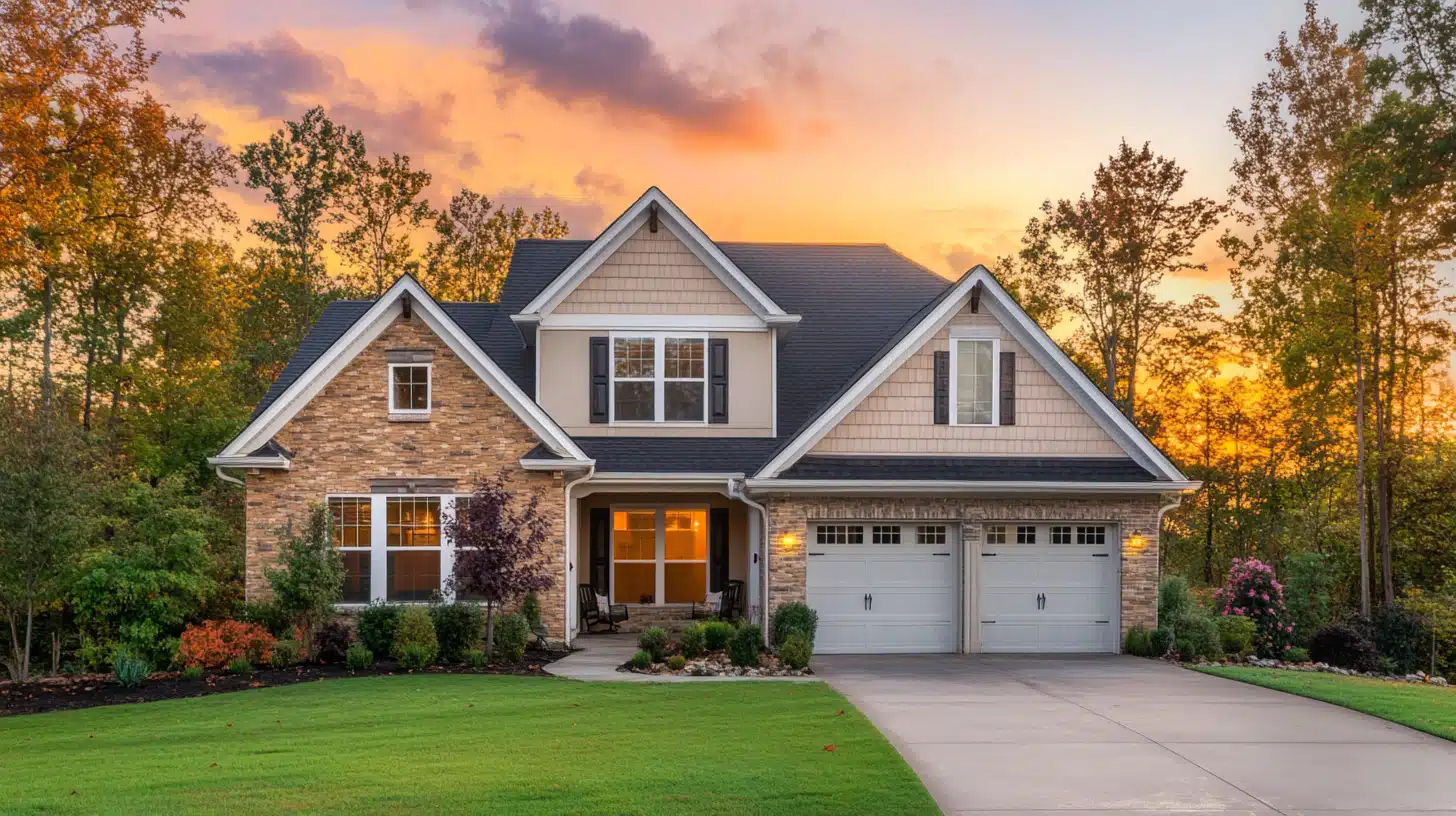House Design Trends That Are Here To Stay
In the ever-evolving world of home design, certain trends have made such a significant impact that they’ve transcended the fleeting nature of style fads to become staples in modern homes.
These enduring trends not only reflect contemporary tastes but also adaptability to the changing dynamics of our living spaces. From the heart of minimalist aesthetics to the embrace of natural elements, these are the house design trends set to stand the test of time.
Embracing the Open Floor Plan

One of the most transformative trends in recent years has been the shift towards open floor plans. This design choice prioritises a seamless flow between living, dining, and kitchen areas, fostering a sense of togetherness and flexibility.
It caters to a more social and interactive lifestyle, allowing families to gather without the constraints of traditional room divisions. Open floor plans also enhance the feeling of space, making homes feel larger and more inviting.
Sustainable and Eco-Friendly Materials
As environmental awareness takes centre stage, sustainable design has become a cornerstone of modern house trends. Homeowners are increasingly opting for materials that are not only eco-friendly but durable and timeless.

Bamboo flooring, recycled glass countertops, and reclaimed wood are just a few examples that blend sustainability with style. These materials not only reduce the environmental footprint of homes but also add unique character and warmth.
Within this eco-conscious movement, the aesthetic appeal of grey framed windows has soared, merging functionality with modern minimalism. These windows not only accentuate natural light and views but also contribute to energy efficiency, offering a sleek solution to integrating the outdoors with interior design.
Smart Homes and Technological Integration
The rise of smart home technology is a testament to the increasing desire for convenience and efficiency. Automated systems for lighting, heating, security, and entertainment are becoming standard features in homes.

This trend extends beyond mere gadgets, influencing the very layout and design of spaces to accommodate integrated technology seamlessly. The result is a living environment that is more responsive, secure, and tailored to individual lifestyles.
Natural Elements and Biophilic Design
Biophilic design, which seeks to connect inhabitants more closely with nature, is another trend with enduring appeal. This approach is evident in the incorporation of large, expansive windows, indoor plants, natural lighting, and materials like stone and wood.

It’s a response to the urban dwelling experience, offering a tranquil and healing ambience by blurring the lines between indoor and outdoor spaces. This trend not only enhances aesthetic appeal but also promotes physical and mental well-being.
Multifunctional Spaces and Furniture
With the increasing premium on space, especially in urban environments, the demand for multifunctional design is on the rise. Furniture that doubles as storage, rooms that serve multiple purposes, and adaptable layouts reflect this trend.

It’s about making the most of every square foot, with creativity and efficiency at the forefront. This practical approach to design ensures that homes can evolve with changing needs and lifestyles.
In the landscape of house design, these trends stand as beacons of innovation and sustainability. They reflect a deeper understanding of how our homes can enhance our lives, not just through aesthetic appeal but through functionality, environmental responsibility, and technological advancement.
As we look towards the future, these trends offer a glimpse into a world where design and living are inextricably linked, promising spaces that are not only beautiful but meaningful and enduring.







